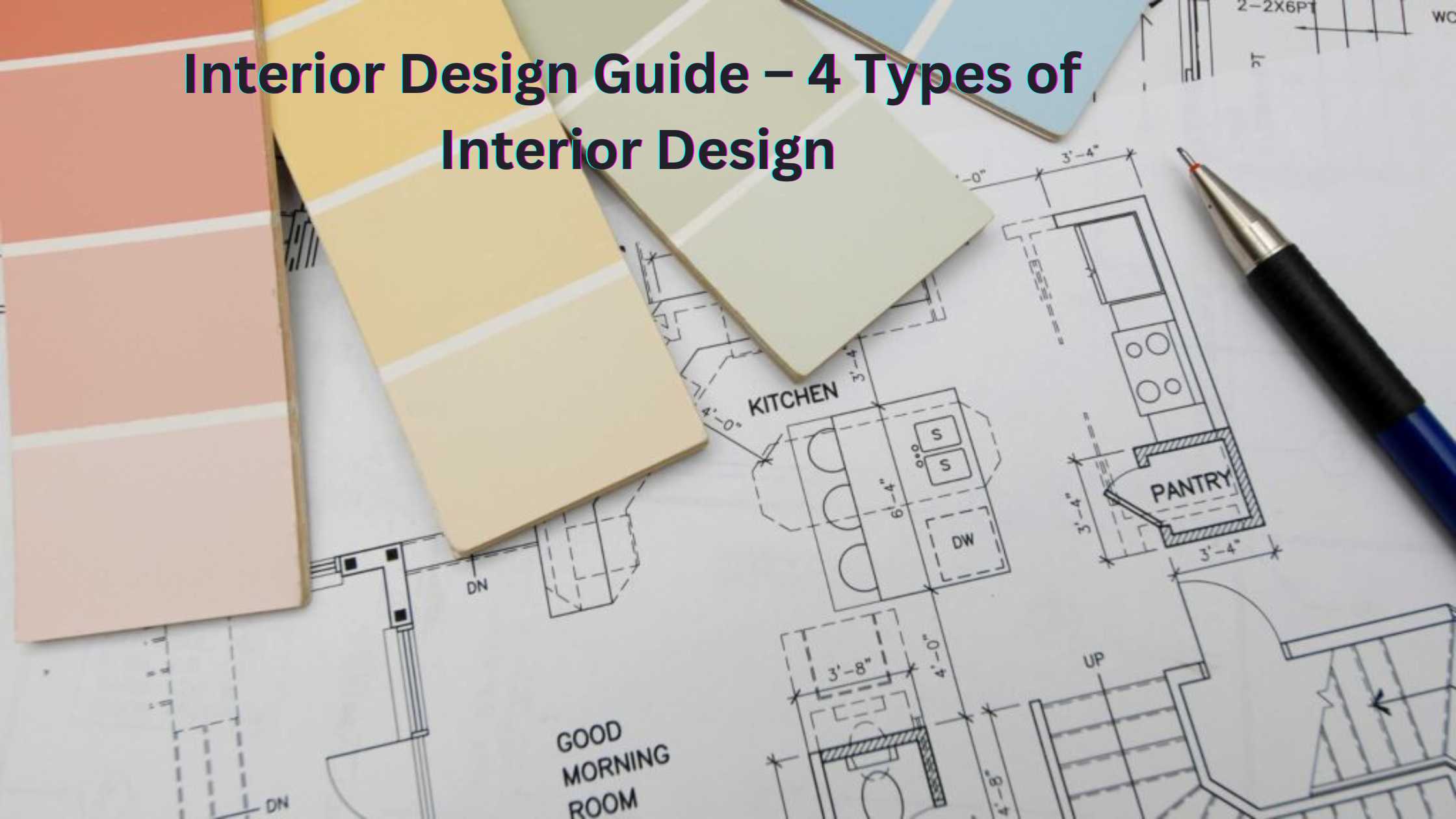
Interior Design Guide – 4 Types of Interior Design
Whether you are trying to create a comfortable, cosy atmosphere for your family or want to add some character to your living room, several different interior design styles can help you achieve your goals. These four styles are traditional, contemporary, transitional, and ultra-modern. Each has its own look and feel but shares a few common traits.
Selecting an interior design style is crucial to crafting your ideal space. From the classic appeal of traditional to the sleek lines of contemporary and the blend of both in transitional styles, an interior designer can guide you through these options, manifesting your envisioned world into reality.
Traditional interior design is one of the oldest styles, often characterized by symmetry and elegance. Usually, this style features wood panelling and hardwood floors. In a traditional style room, you can also find coffered ceilings, decorative tray ceilings, and crown mouldings. Also, the furniture is often made of wood, which may have a distressed finish, high backrests, tufted seats, claws, or bun feet. Some standard furniture fabrics are linen, silk, and leather.
Transitional interior design is a happy medium between traditional and contemporary styles. It is inspired by the Modernist art movement. This style is perfect for creating a warm, inviting atmosphere without a lot of clutter. It combines the best of traditional furnishings with the most up-to-date textiles and accessories. It also emphasizes using neutrals and natural materials to warm the space. You can also use throw pillows and blankets to bring the colours of your room to life. You can also use traditional pieces, like a Louis VI chair that was updated with a modern print.
Interior designers, while not required to have exceptional drawing skills, benefit greatly from visual communication. Transitional design, bridging traditional and contemporary aesthetics, enables designers to blend modern elements with classic styles, employing color and furniture choices skillfully to create inviting, clutter-free spaces.
Asian Zen-inspired interiors also have clean lines, but they have geometric shapes and avoid intricate designs. They have soft neutrals and whites and a few bold accent colours. You can also add accents in shades of brown and powder blue. Consider adding some artwork to the space to add colour and character.
Contemporary interior design is a combination of modern and industrial design. It is inspired by the mid-century modern style and features clean lines, simple silhouettes, and vibrant colours. It also emphasizes abstract spaces, plush pillows, and crystal vases. It is also a relaxed style but may change from season to season. You can use an interior design guide to help you create the look you want.
Ultra-modern interior design is also a combination of modern and industrial styles. This style combines the clean lines of contemporary with the boldness of the mid-century modern style. It also uses minimal accessories and materials, like glass and stainless steel.
The amalgamation of interior design is also a mix of industrial and modern types design. The combination works as a combination of contemporary clean lines with boldness of middle century artistic style. Minimal accessories are used such as glass & stainless steel.
Contemporary interior design is also a relaxed style but is more open to new ideas and designs. You can choose to use innovative materials and take inspiration from the past. To create a contemporary look, you can add bold colours, like bright purple. You can also change your lighting fixtures and paint colours.
Exploring contemporary interior design allows for creative flexibility, embracing new materials and historical influences. Integrating bold hues, such as vibrant purple, and modifying lighting schemes exemplifies the varied and innovative duties of an interior designer.


